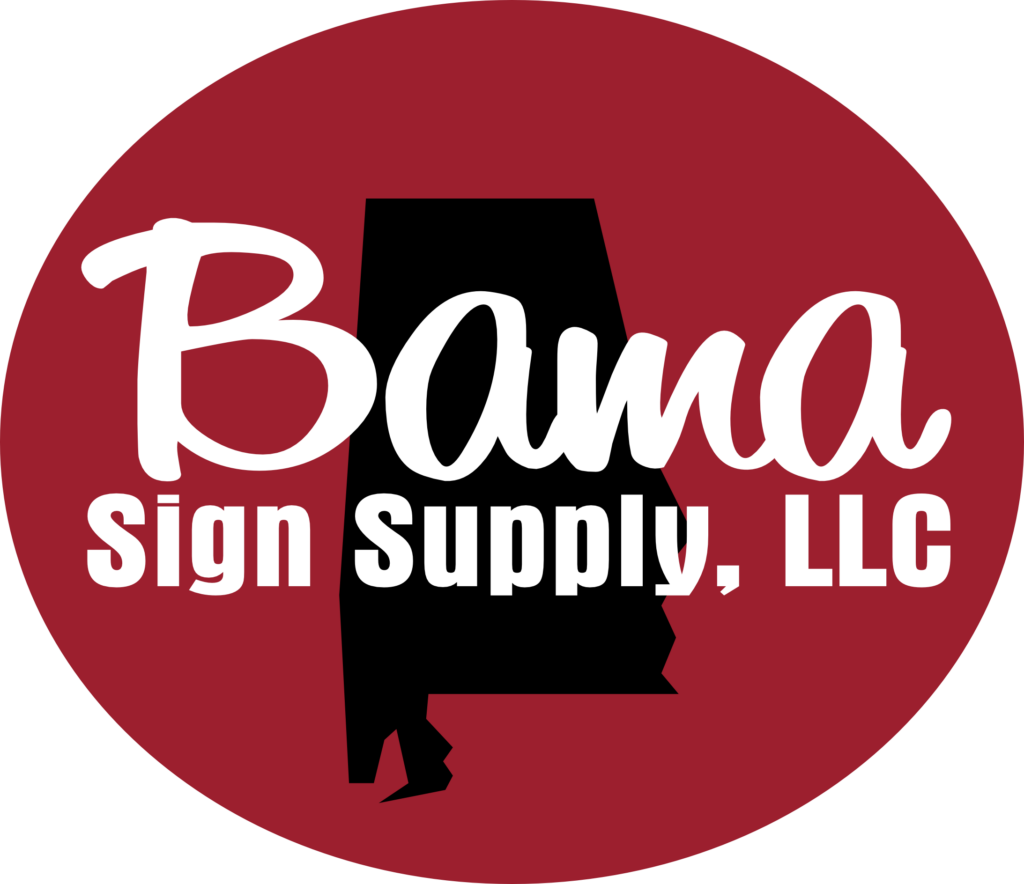Title: Selecting the Right Substrates for High-Quality, Professional Signs
When it comes to creating high-quality, professional signs, selecting the right substrates is crucial. The substrate, or the material the sign is printed or mounted on, plays a significant role in the overall appearance, durability, and effectiveness of the sign. With a wide range of substrate options available, it can be challenging to choose the ideal material for your specific signage needs. In this blog post, we will explore the importance of selecting the right substrates and provide guidance on choosing the best materials for professional sign projects.
Importance of Substrates in Signage
The choice of substrate has a direct impact on the visual appeal and longevity of a sign. Different substrates offer varying levels of durability, weather resistance, print quality, and cost-effectiveness. Factors such as indoor or outdoor use, environmental conditions, desired lifespan, and budget all influence the selection of the most suitable substrate for a particular signage project.
Selecting the Right Substrate
Here are some key considerations to keep in mind when selecting the right substrates for high-quality, professional signs:
1. Durability: Outdoor signs require materials that can withstand exposure to the elements, such as UV rays, wind, rain, and temperature fluctuations. Materials like aluminum, acrylic, and PVC are known for their durability and weather resistance, making them ideal choices for outdoor signage.
2. Print Quality: The substrate can significantly impact the print quality and color vibrancy of a sign. For high-definition graphics and vibrant colors, materials like dibond, aluminum, and acrylic offer superior printability and visual appeal.
3. Application Specificity: Consider the specific application and purpose of the sign when choosing a substrate. For example, if the sign will be used in a high-traffic area or as a directional sign, opt for materials that are scratch-resistant and easy to clean, such as PVC or polycarbonate.
4. Budget: While quality shouldn’t be compromised, it’s essential to consider the budget for the signage project. There are cost-effective substrate options available that offer a balance of quality and affordability, such as foam board, coroplast, and PVC.
5. Environmental Impact: For eco-friendly signage solutions, consider substrates made from sustainable or recycled materials, such as bamboo-based board or recycled aluminum.
Conclusion
Choosing the right substrates is a critical step in creating high-quality, professional signs that effectively convey your message and withstand the test of time. By considering factors such as durability, print quality, application specificity, budget, and environmental impact, you can make informed decisions when selecting substrates for your signage projects. Whether it’s for outdoor advertising, retail displays, wayfinding signage, or trade show exhibits, the right substrate can elevate the visual impact and longevity of your signs, reinforcing your brand’s professionalism and credibility.
